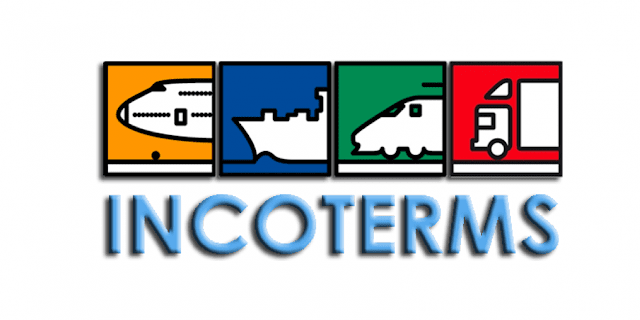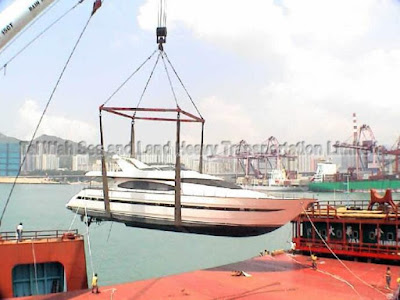INCOTERMS: AN OVERVIEW
THROUGHOUT THE YEARS, AS INTERNATIONAL COMMERCE WAS PROGRESSING, THE NEED FOR COMMON CODES OF CONDUCT AND CONTRACT CREATED THE INCOTERMS RULES.
Since 1923, the International Chamber of Commerce (ICC) has been publishing these rules, creating the framework in which a deal is executed, and determining the obligations, costs and risks between the seller and the buyer. Ever since then, one has to search real hard to find a commercial invoice between two parties that doesn’t have those distinct three letter codes that determine who is responsible for payment and risk throughout the cargo’s journey from origin to destination. The latest amendment of the 2010 version classifies the Incoterms into two categories.
1.Incoterms for any mode of transportation:
- EXW Ex Works
- FCA Free Carrier
- CPT Carriage Paid To
- CIP Cost, Insurance and Freight
- DAT Delivered At Terminal
- DAP Delivered At Place
- DDP Delivered Duty Paid
- FAS Free Alongside Ship
- FOB Free On Board
- CFR Cost and Freight
- CIF Cost, Insurance and Freight
1.EXW
2.FOB
The seller is responsible to deliver the cargo at POL, clear customs, and load the goods on board the vessel nominated by the buyer. Cost and risk are divided when the goods are actually on board of the vessel (this rule is new!) The buyer is responsible for any other cost until the delivery at destination. FOB is the most misused incoterm, since it was never intended for combined inland and ocean transportation in containers (see Incoterms 2010, ICC publication 715), but only inland waterway and maritime transport. The correct rule should be FCA.
3.CFR
The seller is responsible for all costs, including the freight up until the cargo reaches the port of destination. The risk, however, is transferred to the buyer, once the cargo is loaded onto the vessel (this rule is new!) The only cost not covered by the seller up until POD is maritime insurance, which is the only difference with our next incoterm rule, CIF.
4.CIF
As already mentioned, this is exactly the same as CFR, but maritime insurance is also covered by the buyer.
INCOTERMS WERE CREATED SO THAT THERE ARE NO MISUNDERSTANDINGS BETWEEN TRADERS ALL THE WORLD.
They are a universal language for global commerce that every party in the chain of transport needs to speak. The buyer, the seller, the customs officer, the customs broker, the freight forwarder, the carrier’s employees, the warehouse manager, and even the trucker in many cases – just to name the most common ones.
Article reproduced source:http://www.morethanshipping.com/incoterms-an-overview/







This is the best services, i like this.
ReplyDeleteChina Freight
air freight from china
Thanks for putting this together. Good read!
ReplyDeleteDDPCHAIN is a China-based freight forwarder specializing in DDP shipping, air freight, sea freight, rail freight, and road freight. With skilled teams in major Chinese cities, it delivers fast, reliable, door-to-door logistics for businesses worldwide with clear communication and competitive pricing. For full info, you can check out our website: http://ddpchain.com/